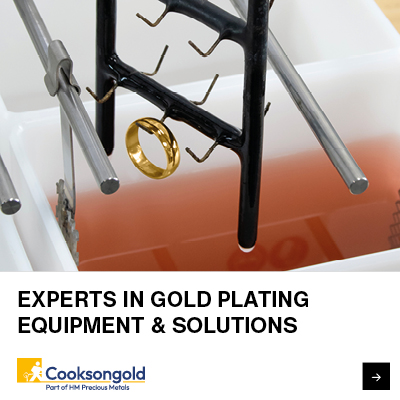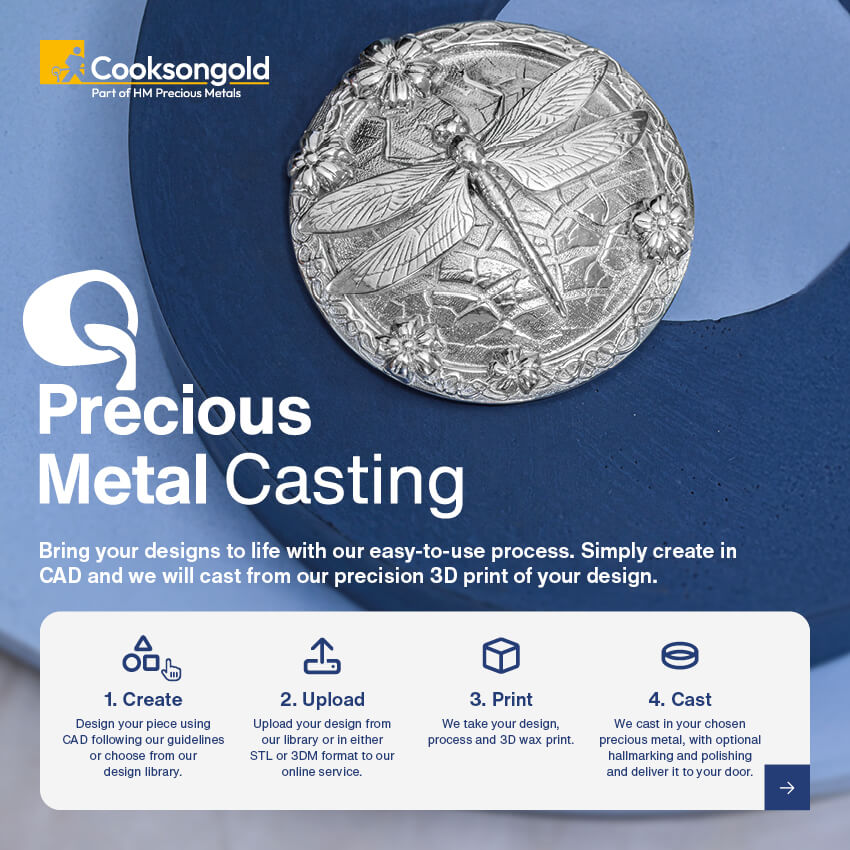November Birthstones: Topaz & Citrine
Reading Time:
1 min {{readingTime}} mins
Those born in November are lucky enough to have two beautiful birthstones to choose from: topaz and citrine. Often mistaken for one another throughout history, these two sunny stones are the perfect way to warm up as the winter weather chills set in strong!
Whilst both November birthstones are known for their calming energies and believed to bring good fortune to its wearer, these two gems each have their own unique set of qualities and characteristics that make them the perfect affordably priced gemstone for many a jewellery collections.
Topaz
Throughout much of history, topaz was the term once given to almost every yellow gemstones. Today, however, topaz describes the hardest of al silicate materials - the mineral aluminium fluoro-silicate. Topaz is traditionally colourless but the range of hues can range from light blue, yellow, amber-orange, pink, violet, brown and very rarely in red.
Topaz that is naturally blue in colour remains to be incredibly rare but is most commonly seen on the market due to our ability to enhance colour through colour treatments. Whilst a sherry-red topaz is considered highly exceptional, the most prized colour is that of the 'Imperial topaz' which features a beautiful orange hue with pink undertones. This rainbow effect of the imperial topaz is created when a colourless topaz is coated with a thin artificial film.
Topaz has been mined for more than two centuries in a state called Minas Gerais in Brazil which remains to be one of the most important sources of high-quality topaz. Among some of the colours mined here include yellow to orange, red, pink and violet coloured varieties of topaz. Topaz is most commonly formed within an igneous rock and sometimes, in hydrothermal veins. Other sources of topaz today include Mexico, Myanmar, Sri Lanka, Madagascar, Namibia and the United States.
Measuring 8 on the Mohs scale of hardness, topaz is a very hard and durable stone. That being said, its perfect cleavage means that topaz is not very tough so can often be prone to chipping and cracking. If topaz is cut correctly however, due to its durability, it makes for a perfect centrepiece in jewellery.
Throughout history, topaz has been hailed for its mystical and symbolic features and functionalities. The ancient Greeks believed topaz could make its wearer invisible and could calm and balance their anger and emotional wellbeing.
As a symbol of strength and honour, the Greeks believed that topaz gave its wearer wisdom and longevity. The Ancient Egyptians associated topaz as the golden gem belonging to the Sun God, giving this stone the power to heal and protect. The worldwide appeal of topaz meant it became and still remains - to be a gemstone of huge demand and enchantment.
Citrine
November's second birthstone Citrine is believed to derive from the french word for lemons (citron) which fits with its long-association of being a gift from the sun. Citrine has been used within jewellery for many centuries due to its bright and beautiful tones of transparent yellow to bright orange-brown varieties of quartz.
Citrine's lemony hues are caused by traces of iron within the quartz crystals. Natural citrines, however, are rarely made in nature; most that are seen for sale on the market is by heat treating other varieties of quartz - usually amethyst or smoky quartz that turn a golden-yellow hue. The largest supplier of Citrine is Brazil, however, its top source remains to be amethysts which are then heat-treated to a citrine colour. Other top sources of citrine include Madagascar, Mexico, Bolivia, Spain and Russia to name a few.
The pale yellow variety of Citrine for centuries has been mistaken for topaz which as a result has meant that many have believed it to have the same powers of soothing tempers and encouraging prosperity through healing like topaz does. Legend also associates citrine as a gem that protects against snake venom and evil thoughts which meant that many Roman pontiffs wore massive citrines within their ring sets.
Measuring as a 7 on the Mohs scale of hardness, Citrine like Topaz has good toughness and is usually durable enough to withstand the daily wear and tear of jewellery if it is cut correctly.
Author:
Published:










